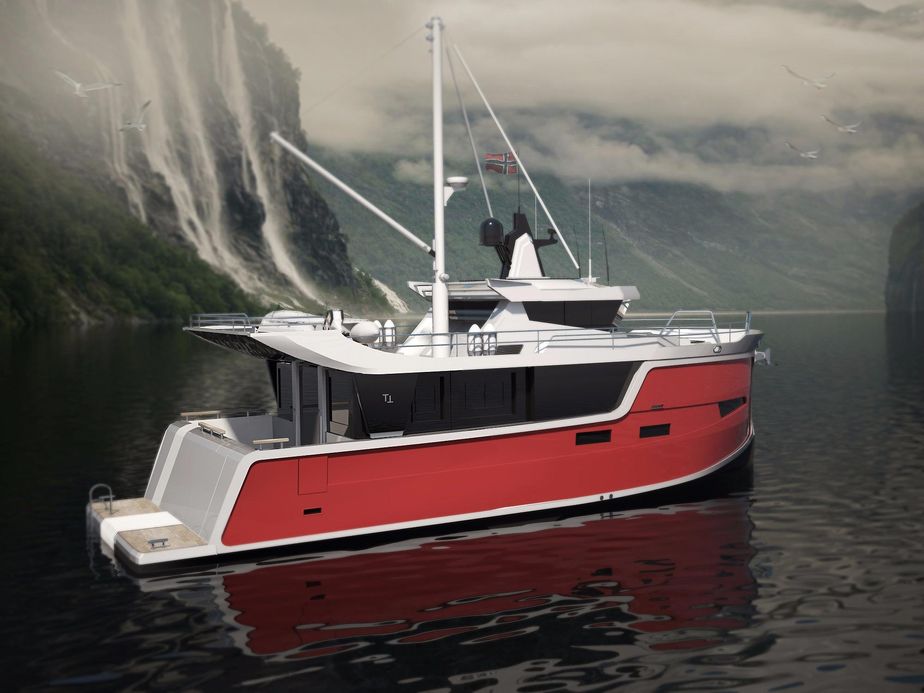- Joined
- Apr 15, 2008
- Messages
- 13,731
- Location
- California Delta
- Vessel Name
- FlyWright
- Vessel Make
- 1977 Marshall Californian 34 LRC

2017 Trondheim Trawler Power Boat For Sale - www.yachtworld.com
Besides a fugly boat, what am I missing here? At $650,001, gimme two!
I bet they've never produced a thing, but I love the concept. I've often pondered a diesel-over-electric design like this....similar to train locomotives. I thought it was odd that there was no solar, though.
Thank God their Inside Equipment list includes a battery charger!
http://www.trondheimtrawlers.com/
